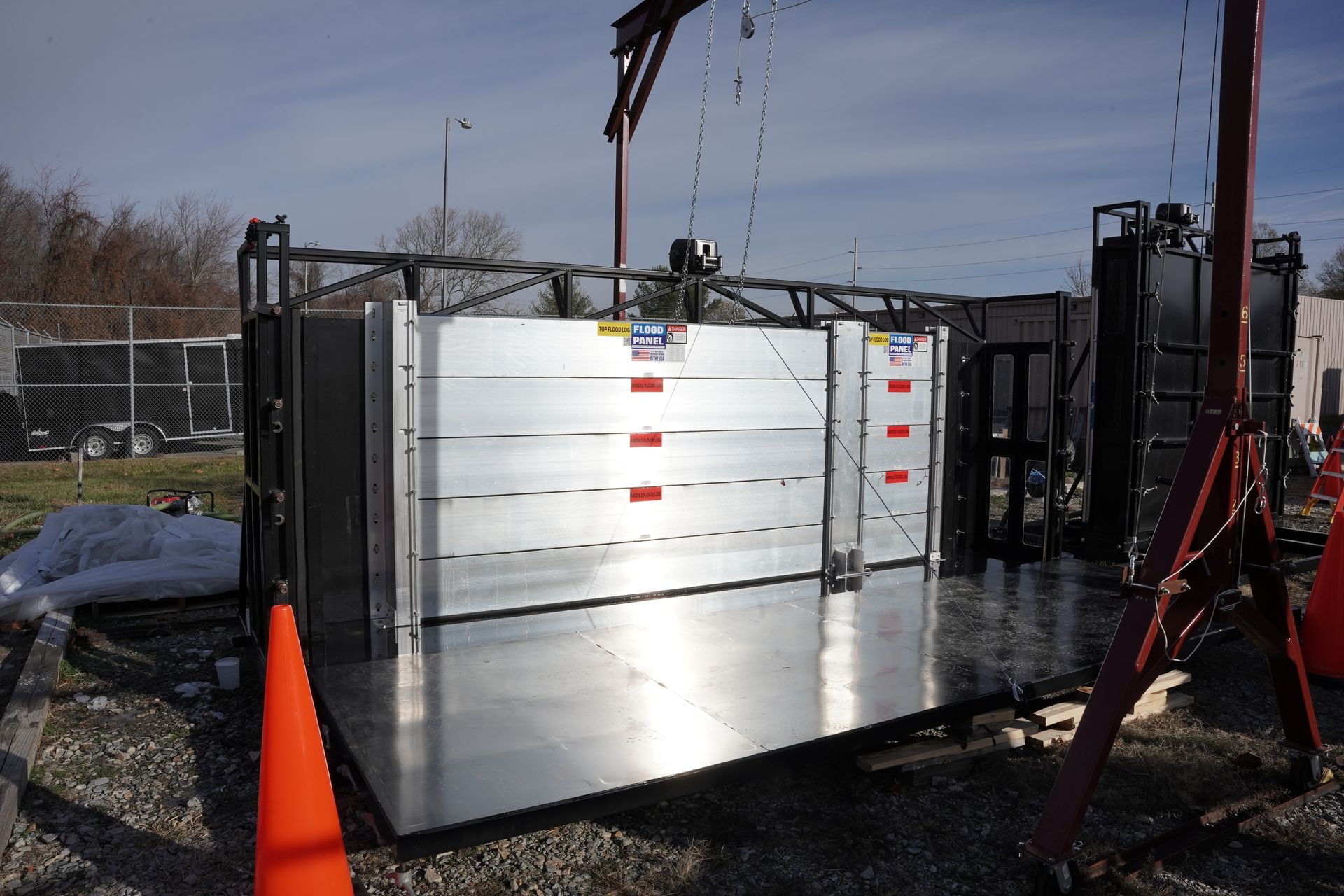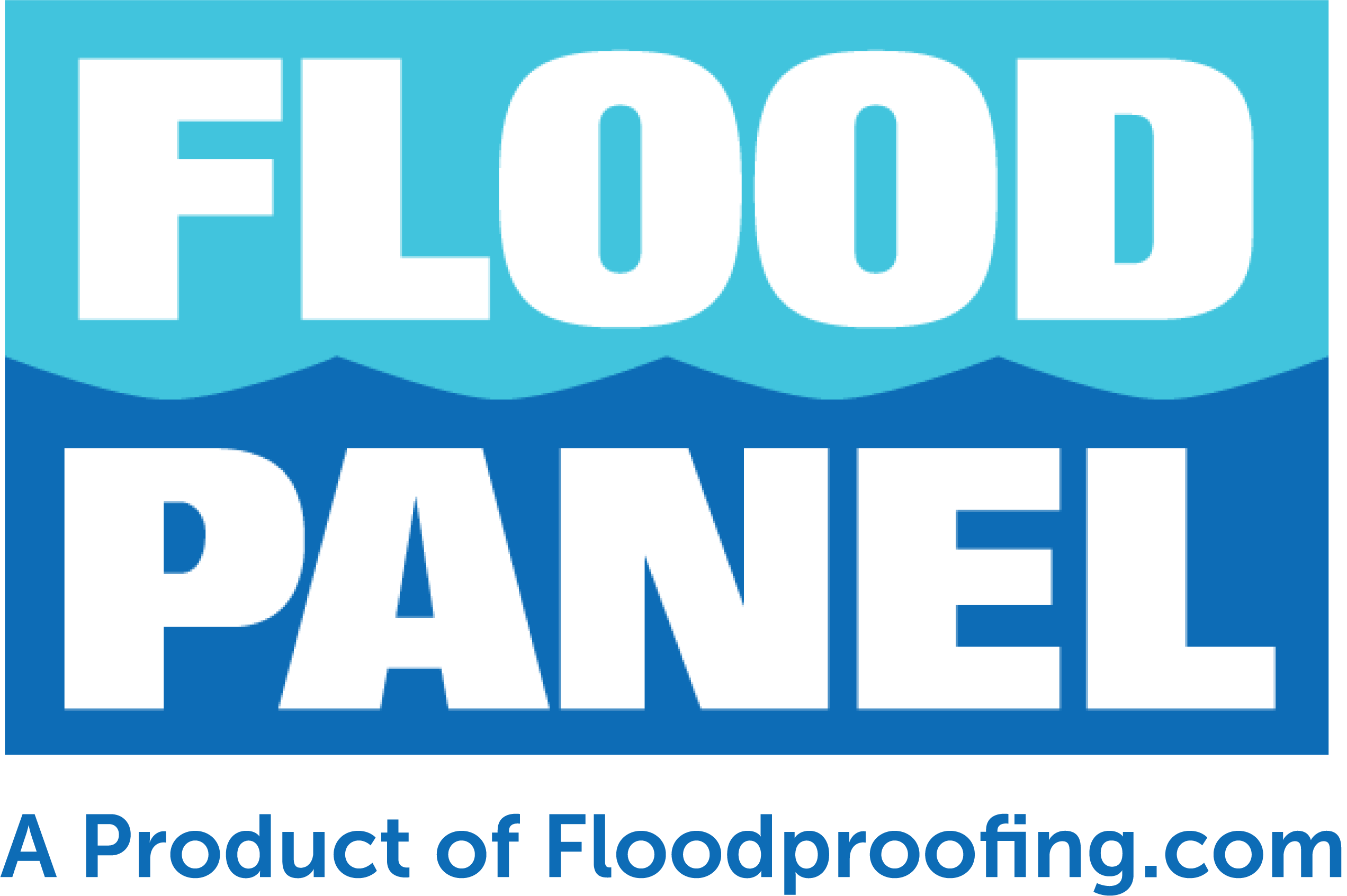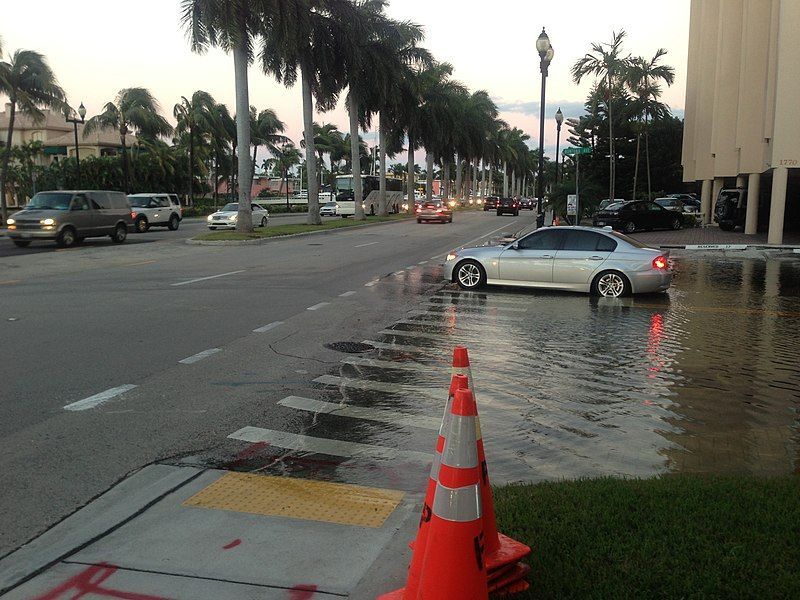Page 26
Media Contact
Email: media@floodpanel.com
The Journal of Earth Science has published a new study from Washington University in St. Louis that says federal agencies are underestimating 100-year flood levels on major rivers in the Midwest by as much as five feet. For businesses in these areas, this should cause serious concern. For most, moving out of the flood zone is not an option. Flood mitigation solutions, such as flood panels, flood doors and flood barriers should be considered to protect buildings and valuable business assets. Click here to read more on the study.
Flood waters inundated parts of Jefferson City, Missouri, and threatened the Missouri State Capitol during the “Great Flood of 1993.” Credit: Wikipedia / Creative Commons
Source:: FloodBarrierUSA
In the aftermath of Hurricane Sandy, an aggressive planning process was put into place to prevent future disasters in New York City. The process included a competition to design new flood defense projects, and the results were stunning. One of the most interesting and beautiful projects that emerged from this competition has been dubbed the Dryline Project.
The Dryline Project was designed by a Danish firm called the Bjarke Ingels Group (BIG). The project is extremely ambitious and aesthetically very pleasing. Dryline envisions a green ribbon of inviting parks, paths, and wetlands that cleverly conceal berms, flood barriers, and flood panels that will pop into place in the event of flooding.
Global Holcim Awards Bronze 2015 – “The Dryline”: Urban flood protection infrastructure, New York, NY, USA. BIG – Bjarke Ingels Group (Copenhagen/New York) and One Architecture (Amsterdam), in collaboration with the City of New York, propose a protective ribbon in Southern Manhattan using a series of raised berms and other measures to create public spaces along the water’s edge, forming a large-scale integrated flood protection system.
One of the central features of the plan consists of a series of ‘bridging berms’, that would be installed all around the waterfront, protecting the low-lying areas of Manhattan. It would essentially be a raised berm of earth that is beautifully landscaped with soil-holding vegetation. This green belt of raised earth would serve two purposes: protecting homes and businesses in vulnerable Manhattan, and providing recreational opportunities and beautification of the waterfront areas- to be enjoyed by everyone. Included in the plans are a series of public pools, cycle paths, art spaces, and a multitude of improvements that could become a world-famous tourist attraction- all while providing robust flood protection for the city.
The BIG designers envision the Dryline project as something that will attract people with its recreational and aesthetic appeal, all the while concealing state-of-the-art flood protection that will deploy automatically. During dry conditions, the automatic flood panels will be placed in such a way as to maintain sea views and access to the waterfront. Raised platforms that are actually flood barriers will be used for open community classes such as martial arts or exercise groups.
One interesting aspect of the planned improvements would include a “reverse aquarium” near the waterfront. This aquarium is envisioned as a part of the huge flood-wall that will feature a very thick pane of clear plexiglass, enabling viewers to see the underwater world that exists off the Manhattan shoreline. The reverse aquarium offers seating areas for those wishing to contemplate the undersea vistas, and it also includes signage that explains rising sea levels and the changes wrought by humans upon the planet.
As the planet warms up, hurricanes and destructive storms will become more and more frequent- and more deadly- in the densely populated US East Coast. Projects like Dryline may not fully prevent storm damage, but they will go a long way towards minimizing the impact from these inevitable events. And when the project combines flood protection with beautifully designed pavilions, recreational opportunities, and lovely public green spaces- everyone wins, even during dry weather.
Source:: FloodBarrierUSA
Heavy rains in the New York area last month resulted in flash flooding across the region and brought back traumatic memories of Hurricane Sandy for some residents. The boroughs of Staten Island, Queens, and Brooklyn were the most impacted parts of the city, with Newark and Hoboken in neighboring New Jersey also flooded.
Luckily, the storm began on a Sunday evening, lessening the impact to commuters and business. The rate of precipitation was extremely high, with 2 to 3 inches of rain falling every hour while the worst of the tempest passed through the region. Low-lying areas were flooded almost immediately, unable to channel off the water quickly enough. The Daily News reported that one unfortunate man lost his car almost immediately during a flash flood on the Long Island Expressway:
“The car in front of me stopped, so I stopped, and all of a sudden my car filled with water. It rose so quick it was up to my waist in minutes,” said Stephen Mitchell, 67, of Pennsylvania. He said his $135,000 2014 BMW M6 was totaled in floodwaters on the Long Island Expressway near Utopia Parkway late Sunday.
Flash flooding caused closure of major expressways and railroad lines, downed power lines, and caused flight delays at local airports. The rains lessened as Monday dawned on the region, but unfortunately it began to rain again later in the day, and commuters faced the threat of flash floods during the evening hours. By Monday afternoon, the whole city was under a flash flood warning issued by the National Weather Service (NWS).
Later in the day, as rains refused to let up, the NWS extended the flood warnings to the entire tri-state area. Land that had already been saturated over the weekend simply ran off the water into choked canals, storm drains, and inundated any low-lying areas. Thousands of homes and businesses were left without power as power lines and trees were downed, and maintenance crews struggled to repair them under dangerous conditions.
One bizarre result of the flooding was the appearance of very large fish swimming through city streets in Newark and Hoboken, as natural rivers and waterways merged with roadways. There were so many fish that officials felt it necessary to release public health warnings to residents to avoid catching or eating the fish, as they may have been exposed to toxic substances during the flooding.
In addition to stranded fish, there were many motorists left surrounded by water on roadways in New Jersey and New York. These roads were dry one minute and flooded the next, taking many drivers by surprise. New York City is a very low-lying metropolis, having been built atop reclaimed swampland, and it is very vulnerable and prone to flooding. This threat will only continue to get worse in the coming decades, as climate change, storm surges, sea level rise, and erosion all collaborate to flood this heavily populated zone time and time again.
Source:: FloodBarrierUSA



